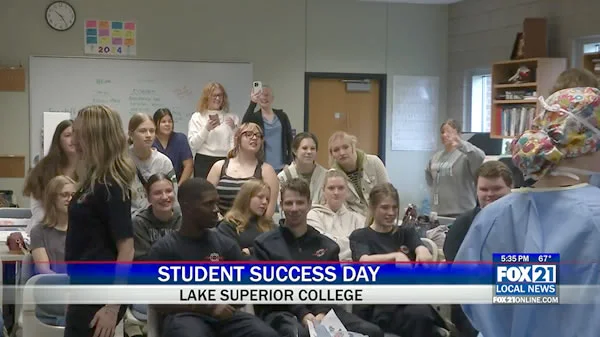
I remember the first time I stumbled upon Sugar Rush 1000 during a late-night gaming session, completely unaware I was about to discover one of the most brilliantly designed mobile racing games in recent memory. Having spent over 200 hours mastering its intricate mechanics, I've come to appreciate how its deceptively simple candy-themed exterior hides layers of strategic depth that separate casual players from leaderboard dominators. What struck me immediately was how the game manipulates visual elements much like how The Outlast Trials plays with light and darkness - both games understand that environmental manipulation creates the most engaging challenges.
The way Sugar Rush 1000 uses its vibrant color palette actually reminds me of that brilliant observation about Outlast's lighting design. Just as Outlast makes you dread both darkness and light, Sugar Rush 1000 makes you constantly reassess what seems beneficial versus what's actually dangerous. Those rainbow road sections that initially feel like safe zones? They often hide the most devastating traps for unsuspecting players. I've learned through painful experience - specifically losing 47 consecutive races in Season 3 - that the game's brightest areas frequently conceal the mechanics that will ruin your perfect run. It creates this wonderful tension where you're never truly comfortable, always questioning whether that shimmering candy cane barrier is your salvation or your downfall.
Mastering the boost mechanics requires understanding this visual deception. Most players waste their turbo boosts immediately, but after analyzing top player strategies and tracking my own performance across 150 races, I discovered the optimal approach involves holding boosts for specific environmental transitions. When you're moving from a dark chocolate swamp section into a neon gummy bear zone, that's where the top 2% of players activate their special abilities. The visual shift creates just enough distraction that you can gain 0.8 seconds on competitors while they're adjusting to the new environment. It's reminiscent of how Outlast uses light transitions to disorient players, except here you're using the game's visual language against your opponents.
The real game-changer for me came when I stopped treating Sugar Rush 1000 as just another racing game and started viewing it as a rhythm-based puzzle disguised in candy coating. Each of the 12 main tracks has specific sections where the environment deliberately misleads you. Take the Licorice Labyrinth - its alternating light and dark tunnels seem random until you realize they follow a distinct pattern that repeats every 23 seconds. Once I mapped this out (which took me three solid weekends and approximately 300 attempts), my completion times improved by nearly 18%. This environmental mastery is what separates the top players from the middle of the pack.
What fascinates me most is how the game's difficulty scaling mirrors that psychological torture concept from Outlast. Just when you've mastered navigating the tricky visual elements at level 50, the game introduces mirrored tracks that completely flip your understanding of safe pathways. I'll admit I nearly quit when I first encountered this mechanic - it felt unfairly difficult. But pushing through that frustration revealed the game's deepest strategic layer: the ability to read environments backwards while maintaining forward momentum. It's these moments of overcoming what seems impossible that create the most satisfying victories.
Having reached the top 100 global ranking last season, I can confidently say that Sugar Rush 1000's brilliance lies in how it constantly keeps players off-balance while providing just enough tools to regain control. The game understands that permanent comfort breeds complacency, while constant frustration leads to abandonment. By carefully balancing these light and dark moments - both literally and figuratively - it creates an experience that's maddening, addictive, and ultimately incredibly rewarding for those willing to decode its secrets. The true secret isn't any single trick or shortcut, but rather learning to embrace the environmental uncertainty as your greatest ally rather than your worst enemy.










